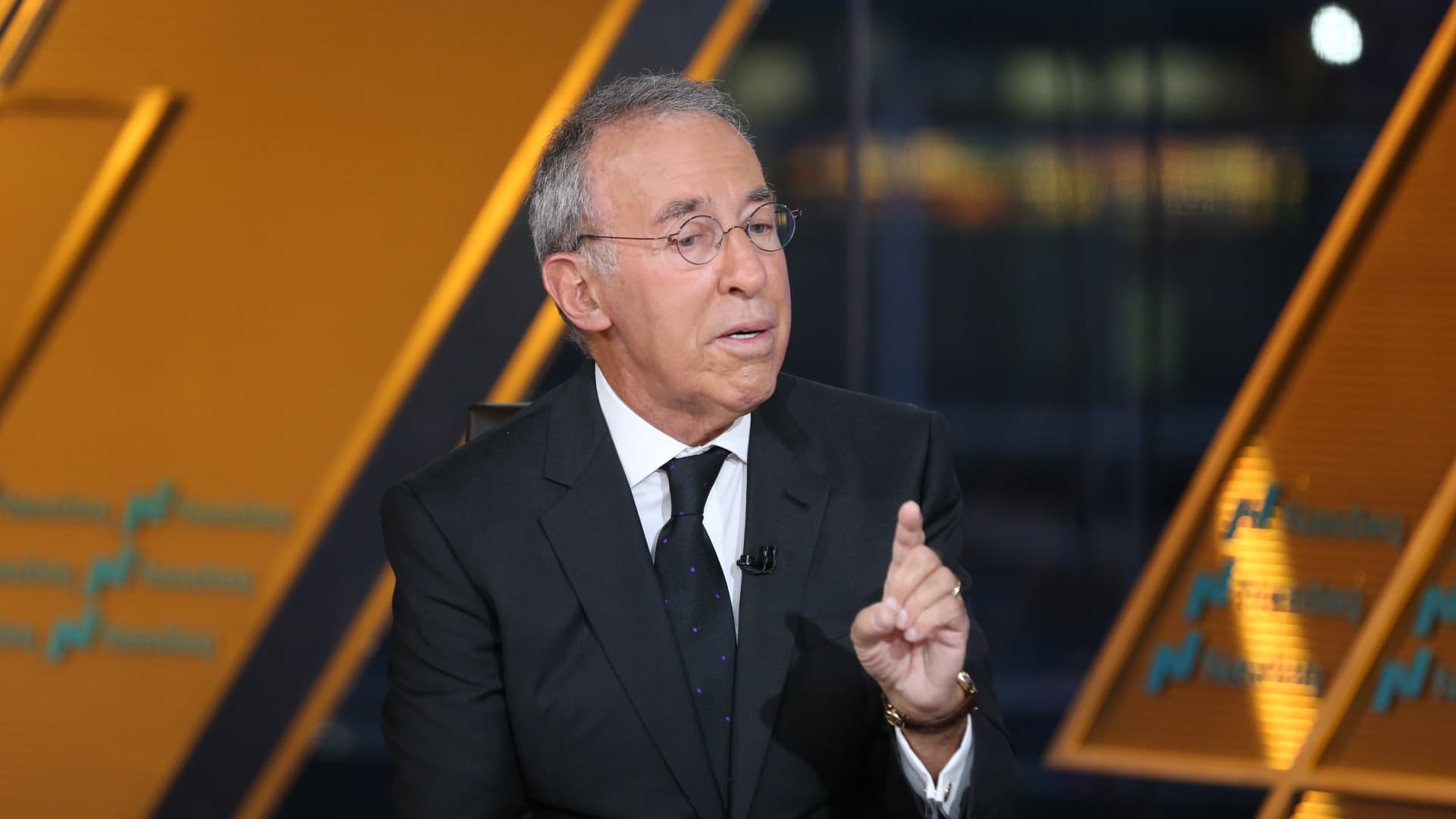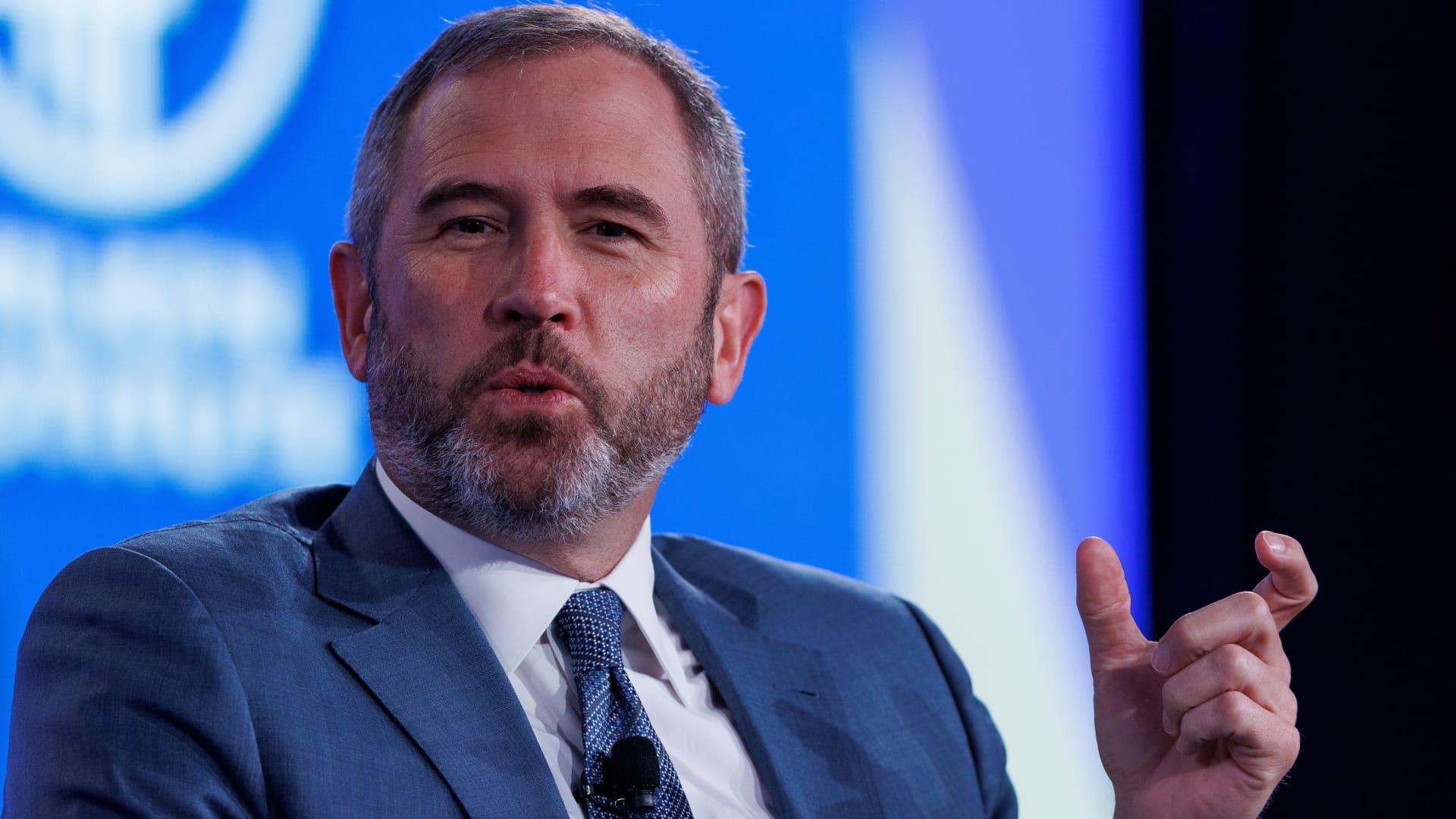Why Are P/E Ratios Higher When Inflation Is Low?
Fact checked by Timothy Li
Inflation affects equity prices in several ways. Most importantly, investors are willing to pay less for a certain level of earnings when inflation is high and more for a certain level of earnings when inflation is low (and expected to remain so).
Key Takeaways
- Inflation is when the purchasing power of a currency declines over time, which has the effect of rising price levels.
- Companies tend to pass rising costs of production on to their customers, making stocks a pretty good hedge against inflation, in general.
- Investor expectations also are modified by inflation estimates, with higher inflation leading to higher expected returns.
- When inflation is high, P/E ratios tend to go down since earnings, in the denominator, will tend to rise more quickly than the stock price.
Review of the P/E Ratio
Let’s review the two concepts involved: the price-to-earnings (P/E) ratio and inflation. The P/E ratio is a valuation measure showing how much investors are willing to pay for a company’s earnings. For example, if the price of a stock is $50 and earnings per share is $2, then the P/E ratio is 25 ($50/$2). This shows that investors are willing to pay 25 times the company’s earnings for a share. Inflation is a measure of the rate of price increases in the economy.
Exploring the Relationship
Stable and moderate inflation means a higher probability of continued economic expansion. Modest inflation usually means that the central bank won’t be raising interest rates to slow economic growth. When inflation and interest rates are low, there is a greater opportunity for higher real earnings growth, increasing the amount people will pay for a company’s earnings. The more people are willing to pay, the higher the P/E.
When inflation levels are stable and moderate, investors have lower expectations of high market returns. Conversely, expectations rise when inflation is high. When inflation rises, so do prices in the economy, leading investors to require a higher rate of return to maintain their purchasing power.
If investors demand a higher rate of return, the P/E ratio has to fall. Historically, the lower the P/E, the higher the return. When you pay a lower P/E, you’re paying less for more earnings and, as earnings grow, the return you achieve is higher. In periods of low inflation, the return demanded by investors is lower and the P/E higher. The higher the P/E, the higher the price for earnings, which lowers your expectations of strong returns.
During times of low inflation, the quality of earnings is considered to be high. This refers to the amount of earnings that can be attributed to actual growth in the company and not to outside factors like inflation.
For example, say inflation is 10% per year (which is high), and a company purchases a widget for $100. In one year, the company will be able to sell that same widget for at least $110 because of inflation. Because its cost for the widget remains $100, it appears to have increased its profit margin, when really the growth is all inflation’s doing. In general, investors are more willing to pay a premium, or a higher multiple, for actual growth compared to artificial growth caused by inflation.
Inflation and Stock Returns
Examining historical returns data during periods of high and low inflation can provide some clarity for investors. Numerous studies, including 2020 research from the Journal of Applied Economics, have looked at the impact of inflation on stock returns.
Unfortunately, some of these studies have produced conflicting results when several factors are taken into account, namely geography and time period. For example, a 2017 study published in the journal Research in International Business and Finance concluded that expected inflation can either positively or negatively impact stocks, depending on the time period, along with an investor’s ability to hedge and the government’s monetary policy.
Unexpected inflation showed more conclusive findings, most notably being a strong positive correlation to stock returns during economic contractions, demonstrating that the timing of the economic cycle is particularly important for investors gauging the impact on stock returns.
This correlation is also thought to stem from the fact that unexpected inflation contains new information about future prices. As such, greater volatility of stock movements has been correlated with higher inflation rates. This has played out as well in emerging markets countries, where the volatility of stocks is greater than in developed markets.
When examining S&P 500 returns by decade and adjusting for inflation, the results show that the average annualized returns between 1928 and 2000 were around 3% less than the nominal returns.
The Bottom Line
History has shown that investors realize this phenomenon and take inflation into account when valuing stocks. When inflation is high, P/E ratios are low; when inflation is low, P/E ratios are high.









